The History of Postage Stamps and Postal Services in Afghanistan
تاریخچه تمبرهای پستی و خدمات پستی در افغانستان
Afghanistan has a rich postal history that dates back to the late 19th century. The country’s first postage stamps were issued in 1871. These were round, imperforate stamps printed in black, featuring a stylized lion’s head—a tribute to the ruling Amir Sher Ali Khan, whose name was associated with the bravery of a lion (“Sher” in Persian).
Unlike later stamps, these early issues lacked postmarks; instead, cancellations were performed by cutting or tearing off parts of the stamp. Over time, the designs evolved, incorporating different colors that signified specific post office locations along key postal routes. Each stamp in a sheet was uniquely engraved, resulting in noticeable variations between individual stamps.
History of Postage Stamps and Postal Services in Afghanistan on Wikipedia.


Evolution of Afghan Stamps
Following Sher Ali Khan’s defeat by the British, Abdur Rahman Khan ascended to the throne in 1880. His reign introduced a new series of round stamps in 1881, which replaced the lion emblem with inscriptions. In 1891, Afghanistan transitioned to rectangular stamp designs, marking a significant shift in postal aesthetics. These early rectangular stamps bore Arabic script and were printed in slate blue. The subsequent 1892 issue introduced the national seal—a mosque gate crossed with cannons—printed on various colors of paper. Several new designs followed, including an elaborate mosque motif enclosed within an eight-pointed star in 1909.


The Modernization of Afghan Post
The first postage issue after Afghanistan gained full independence was released on August 24, 1920. This set bore the royal star of King Amanullah and was the first to incorporate Latin numerals alongside Arabic script. From 1924 onward, Afghanistan began issuing annual commemorative stamps celebrating independence. By 1928, Afghanistan had joined the Universal Postal Union (UPU), allowing it to participate in global postal services. This transition also led to the adoption of international inscriptions on Afghan stamps, shifting from English to French (“POSTES AFGHANES”) from 1928 onward—a format that remained in use until 1989.

The mid-20th century saw various changes in Afghan stamp production. The 1930s and 1940s featured relatively simple, typographed designs with minimal artistic embellishments. However, a high-quality engraved series issued in 1951 by the renowned Waterlow and Sons printing company included portraits of King Mohammed Zahir Shah. The 1960s marked a surge in stamp production, though some issues were criticized for being released primarily for revenue generation rather than postal necessity. During this period, politically themed stamps highlighted Afghanistan’s support for Pashtunistan, straining relations with neighboring Pakistan.

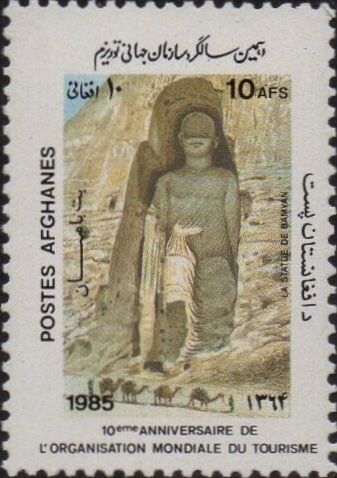
Postal Challenges and Revival
By the mid-1980s, many Afghan stamps were produced with an international collector market in mind, rather than for domestic postal use. The collapse of government authority in the late 1980s and the ensuing civil war further disrupted postal operations. Official stamp issuance halted in 1989 and remained dormant until 2001. Although Afghanistan’s postal system continued to function irregularly, it relied on existing stamp stocks. During the 1996–2001 Taliban regime, numerous unauthorized stamps circulated internationally; however, these were later disavowed by both the Taliban in 2000 and the subsequent Afghan government in 2003.
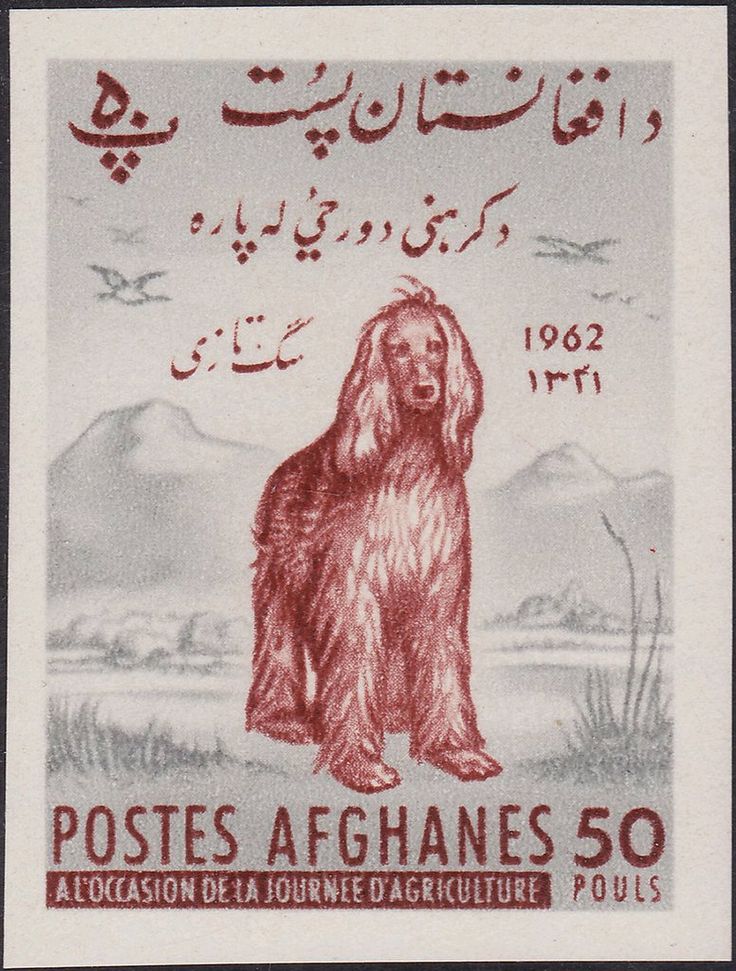
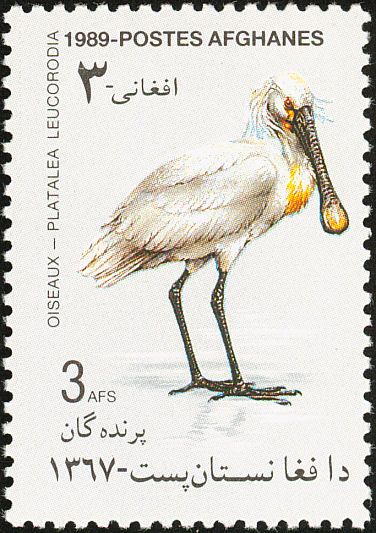
After the fall of the Taliban, Afghanistan’s postal system underwent revitalization. The Afghan Postal Authority reestablished official stamp issuance, releasing its first post-war stamp in May 2002—featuring Ahmad Shah Massoud, a national hero who led resistance efforts against the Soviet Union and later the Taliban. During the Islamic Republic period (2004–2021), the Afghan postal network expanded significantly, reaching nearly 3,000 access points by the early 2020s. This included post offices in major provinces and smaller agencies in district centers. Under the leadership of Ahmad Wahid Wais, Afghan Post diversified its operations to include freight and e-commerce services.

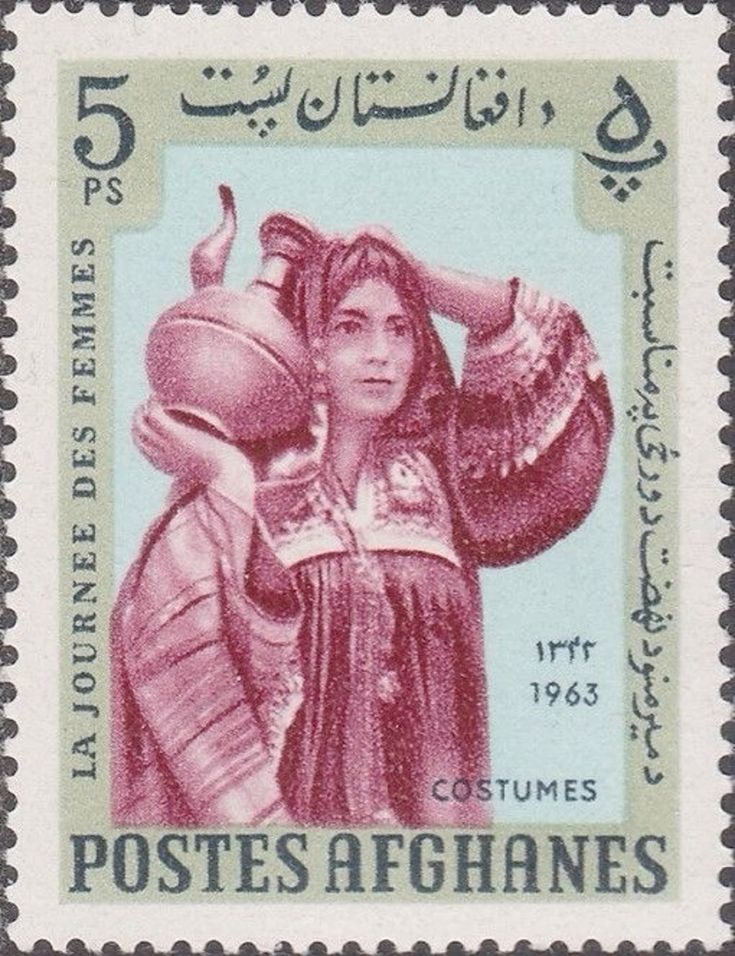
Stamp production during this period remained inconsistent, with only three issues between 2008 and 2017. A renewed effort to improve stamp quality in 2019 saw Afghan stamps printed abroad, including commemorative issues for Afghanistan’s independence centenary (produced in China) and a tribute to Mahatma Gandhi (printed in India). The last stamp released before the Taliban regained control in August 2021 honored Japanese humanitarian Tetsu Nakamura, who was assassinated in 2019.

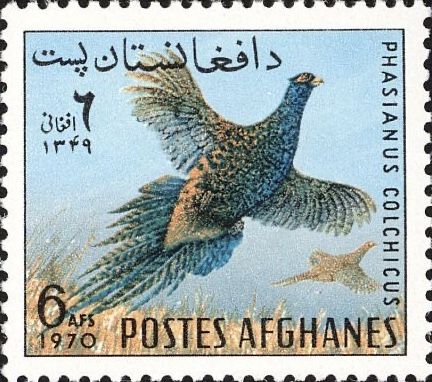
The Postal System Under Taliban Rule
After the Taliban took power in August 2021, postal operations were initially prioritized over philatelic activities. No pre-existing stamps were permitted for use until late 2022, when they were made available to collectors, though not for postal purposes. The shortage of usable stamps resulted in an unconventional mailing procedure: senders were required to purchase blank envelopes, present their mail for inspection, receive a postage bill, and then make payment at the state bank. Only upon presenting a receipt was the mail accepted—a measure introduced to prevent corruption among postal employees.
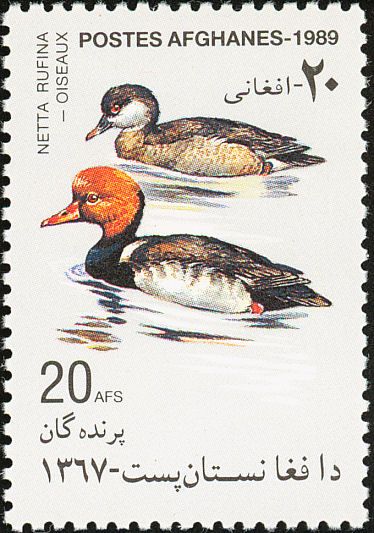
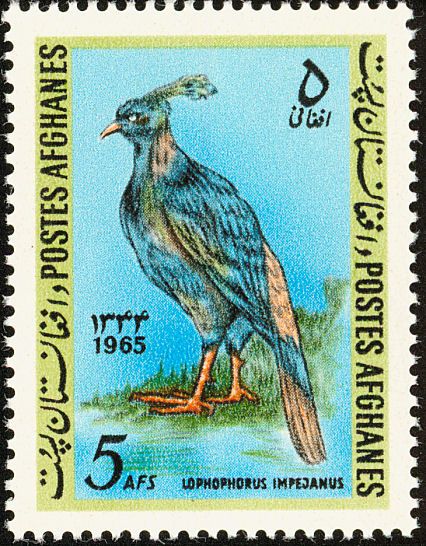
By January 2023, Afghan Post had begun planning new stamp issues, including designs celebrating the Qosh Tepa Canal, the withdrawal of U.S. forces, and Afghanistan’s saffron production. Efforts to print these stamps faced logistical hurdles, primarily due to international sanctions affecting financial transactions and the ability to secure a printing partner abroad. Despite these challenges, the Afghan postal system continues to evolve, navigating the complexities of governance and global relations.
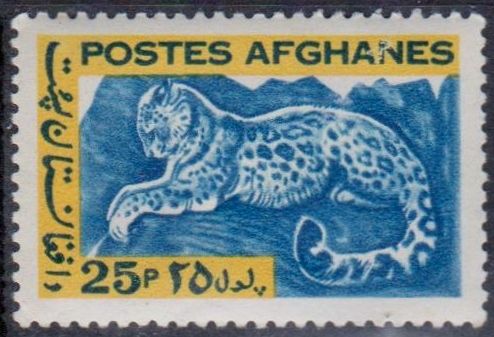
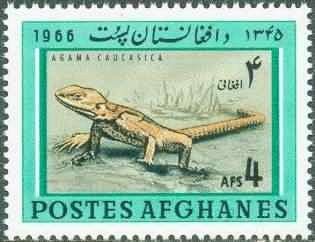


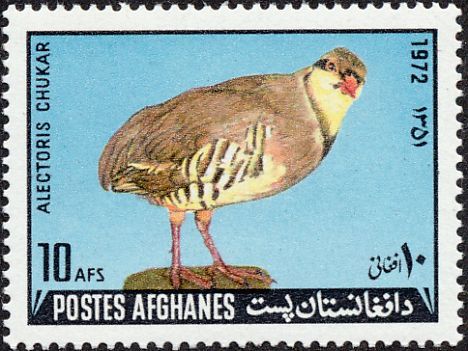
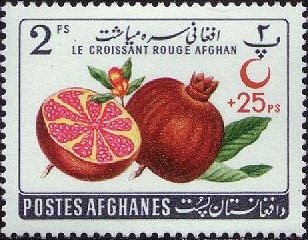
External links
Check out more stamps of Afghanistan on GetArchive website.
Stamp issuers – Afghanistan on stampsofdistinction.com











